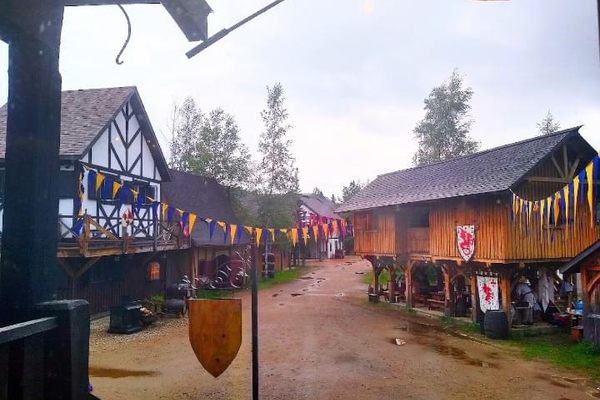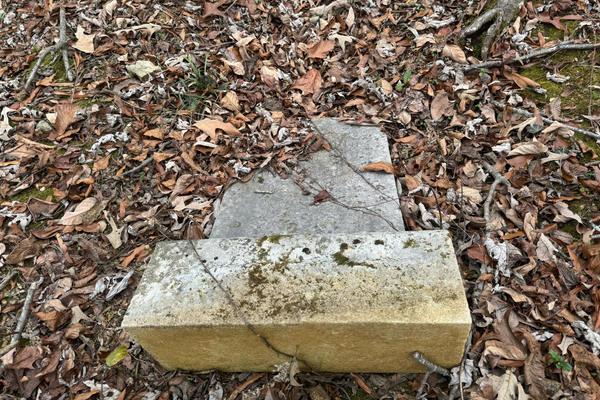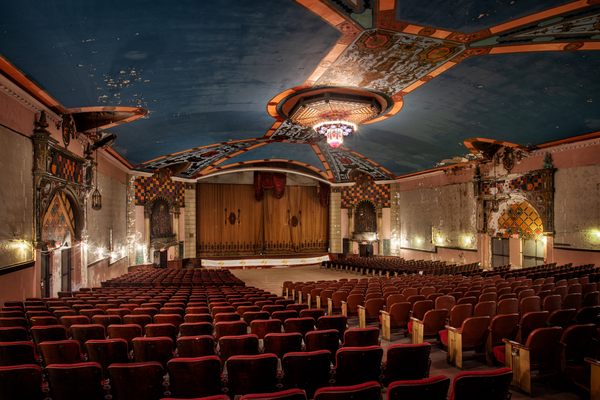The Plight of Preservation: Why Historic Listing Doesn’t Mean a Place Is Saved
Bands in the Astrodome (via Wikimedia)
Last week the Houston Astrodome was added to the National Register of Historic Places, but that doesn’t mean it’s clearing of the looming wrecking ball. In fact, the sad truth of the register is that it’s never guaranteed salvation, or even ongoing preservation, for historic sites.
As David Bush of Preservation Houston told KTRK: “The big misconception that you constantly hear is that it’s listed on the National Register, it can never be torn down. That’s not true. It has never been true.” A National Register of Historic Places historian stated in1999, that at the time some 982 properties on the register had been removed due to their destruction. (113 places are currently listed on the possibly incomplete “Former National Register of Historic Places” on Wikipedia.)
The Astrodome, in terms of sports history, has a lot going for it. Completed in 1964, it was declared the “Eighth Wonder of the World” as the first domed stadium. The mid-century athletics icon was the longtime home of the Astros baseball team, with Mickey Mantle swinging the stadium’s first home run (the Yankees still lost that first game, though). However, its initial innovations were long ago surpassed by more modern stadiums, and last November a proposal to renovate the now vacant structure into a revamped entertainment complex was rejected by voters in Harris County. Part of the stadium was subsequently demolished that month. According to the New York Times, the county’s top elected official Judge Ed Emmett stated that the listing “would have no practical effect on the county’s ability to either repurpose the Astrodome for future use or to demolish it.”
Meanwhile in New Mexico, Fort Bayard, an 1886 station of the Army’s Buffalo Soldiers named a National Historic Landmark in 2004, is potentially going up for sale due to a lack of funding. As the Associated Press reports, ads seeking offers were published in the Wall Street Journal and a major New Mexico newspaper, but if there’s no takers, demolition may also be in its future. The report also notes that historic properties in rural Colorado and South Dakota are in similar situations.
The 1892 Isaac Ziegler House in Knoxville, Tennessee, formerly on the National Register of Historic Places until it was torn down (photograph by Jack E. Boucher, via Library of Congress)
So why does such a major designation seem to not stop demolition and development projects from edging in on history? What National Register listing really means is a 20% federal tax credit for structural investing, along with any state tax incentives, but that’s often not enough to make preservation a more appealing option over razing and starting over. This is especially true with a giant stadium like the Astrodome, which has fewer options for repurposing than, say, an old theater or a historic home.
That’s not to say that it means nothing, and listing on the National Register certainly gives something of an economic incentive for preservation, as well as a national profile for these sites and a strong platform from which to argue for a place’s preservation. However, what historic sites ultimately need is sustainable funding, and programs like the Save America’s Treasures program started by Hillary Clinton have been cut in recent years, while the National Parks Service which oversees many conservation and preservation sites has also had its funding slashed.
There is definitely an argument to be made that tax dollars may be better employed elsewhere than to preserve outdated architecture or rural historic sites whose visitors have trickled to a stop. However, it also means a loss of history. Putting some more financial federal muscle behind preservation could help make National Register listing more meaningful beyond the commemorative plaque.
Inside the Astrodome (via Library of Congress)














Follow us on Twitter to get the latest on the world's hidden wonders.
Like us on Facebook to get the latest on the world's hidden wonders.
Follow us on Twitter Like us on Facebook